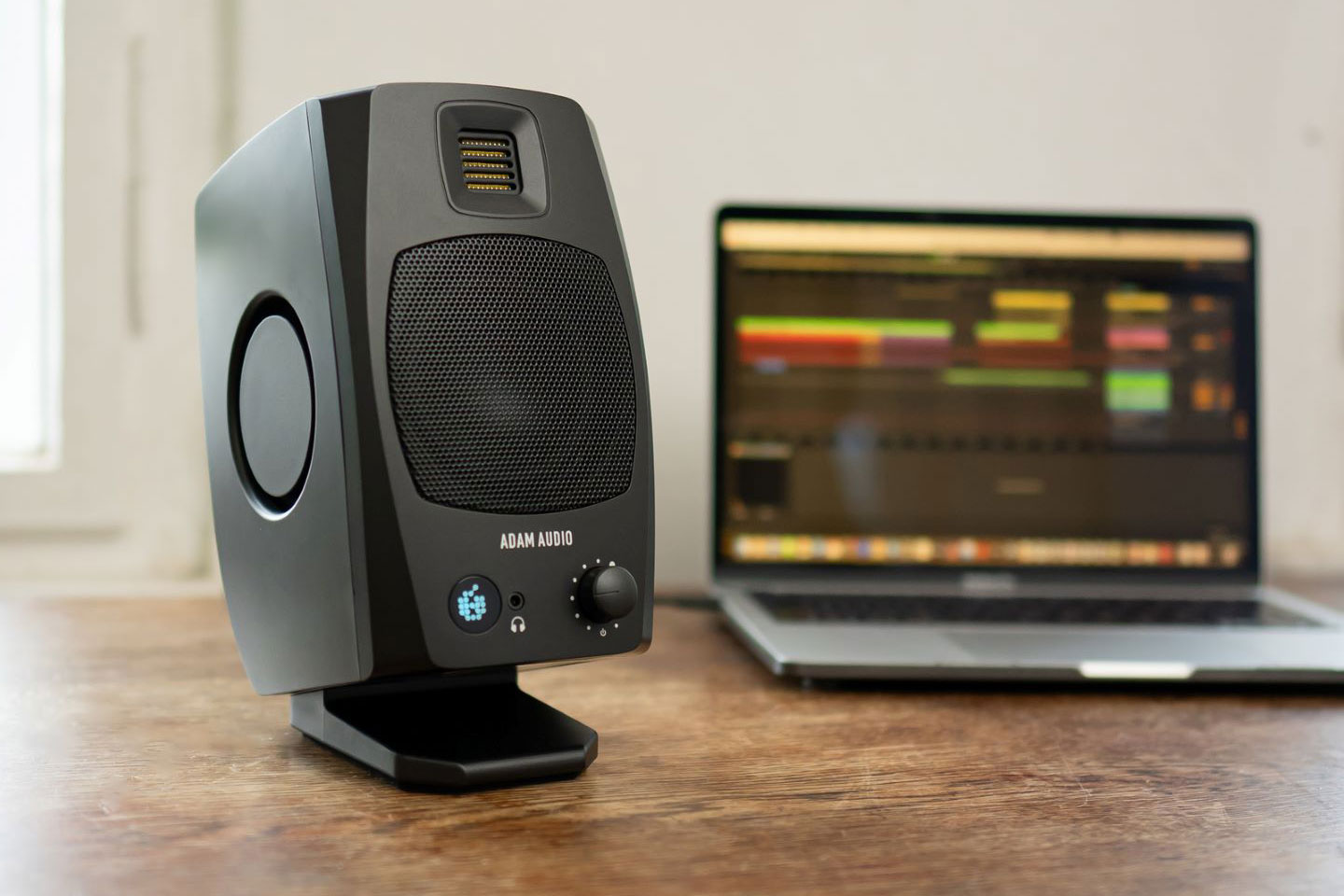
ADAM D3V - Can This Newcomer Shake Up the Desktop Monitor Market?
Share this article
The portable monitoring market kicked off in 2015 with Genelec 8010a and EVE Audio SC203, followed by IK Multimedia iLoud Micro Monitors in 2016.
Surprisingly, this market remained relatively quiet for the next eight years, with no major upgrades to these three pioneers. Perhaps the market wasn't large enough, or competition wasn't fierce enough to drive innovation.
However, 2024 has brought us two exciting new entrants:
IK Multimedia iLoud MM Pro and ADAM Audio D3V
**Worth noting: While ADAM did have the "A3X" before, at 4.5 inches and 4.6kg per speaker, it wasn't exactly portable.
We got to see the D3V in person at the recent Music China Expo 2024.
We even recorded some interview, but... well, let's just say the booth staff weren't quite up to speed on the product details yet. Questions about cabinet materials and comparisons with the SC203 were met with uncertainty.
We'll skip sharing that awkward footage :)
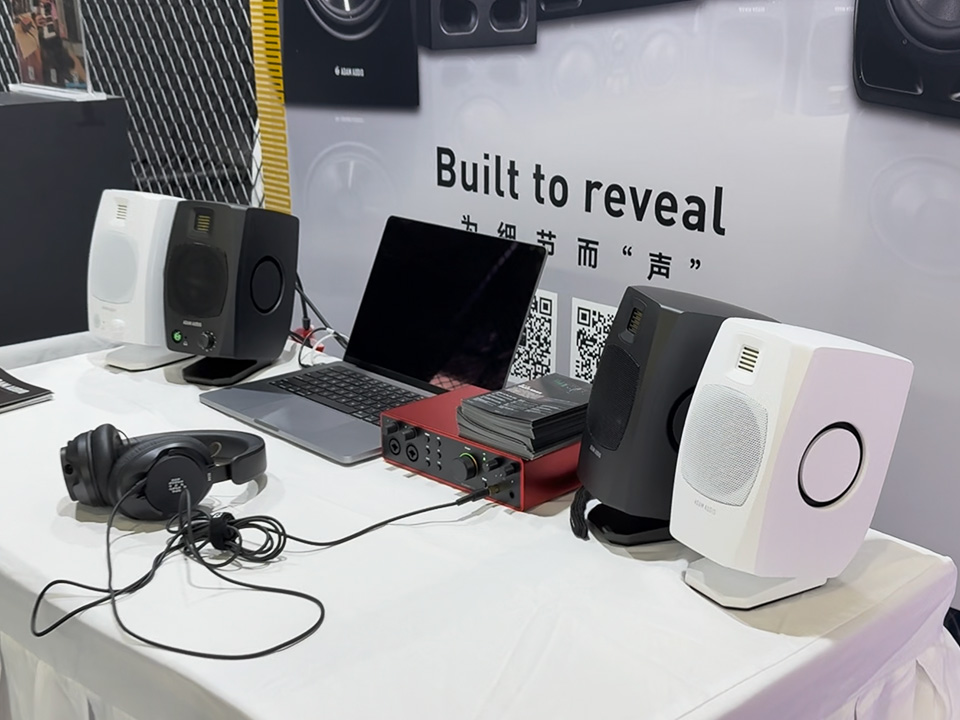
The D3V's standout feature is impressive: 48Hz/-3dB low-end extension.
That's deeper than many 4" monitors, and it's a credible claim backed by four cutting-edge features rarely seen in this class:
- The largest 3.5" woofer in its category
- First-in-class aluminum cone woofer
- Unique dual passive radiators
- Class-leading 100W power rating
While the iLoud MM Pro claims 50Hz/±2dB, achieving this with a 3.0" driver and 50W seems like it might involve some compromises...
Can the D3V outperform 4" monitors?
Comparing the measurement reports of the A4V and D3V reveals higher sub-bass distortion in the D3V, resulting in less definition in the lowest frequencies.
This makes sense - it's still a portable speaker, after all. For critical monitoring, we'd still recommend dedicated nearfields.
However, the D3V's measurement curves are the smoothest in its class, and the fact that ADAM is confident enough to publish these measurements speaks volumes about their capabilities.
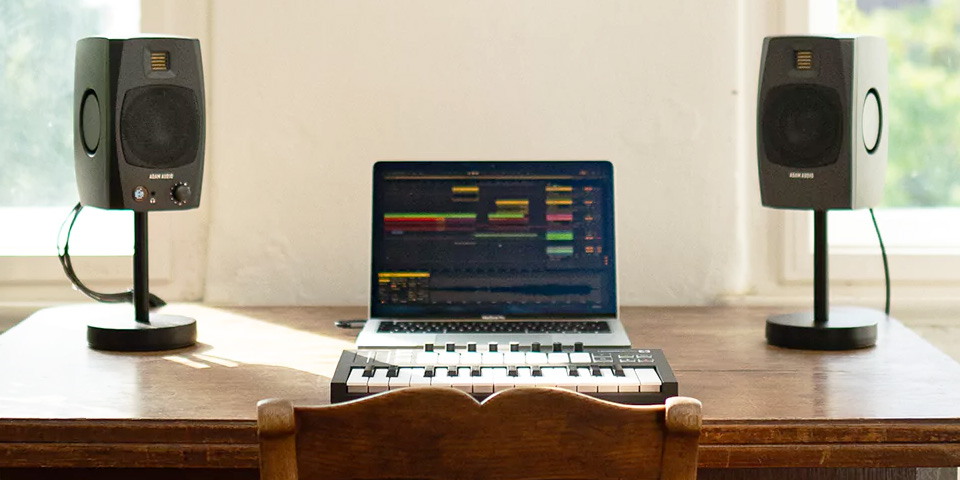
With the shopping season approaching, many are wondering:
How do these four premium portable monitors stack up?
We've created a comparison table that reveals some interesting patterns:
The MM Pro seems to draw inspiration from 8010a, while the D3V appears to target the SC203's market position.

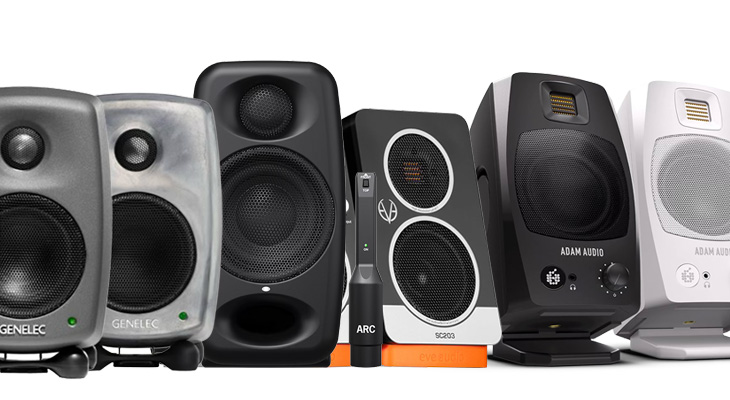
Genelec 8010a vs iLoud MM Pro
Both feature independent power supplies, making them suitable for larger multi-channel setups.
The 8010a offers conservative specs but the highest SPL, unique metal cabinets, and the most compact size. It's the only one with ISS auto-standby (which can be disabled).
After 9 years on the market, its prices are still impeccably stable, and it holds resale value well thanks to the premium brand factor.
**We suspect an "8010b" upgrade is in development, but details are unknown.
The MM Pro's main selling point is acoustic calibration.
While Genelec hasn't released an "8310" in their calibration series (presumably because 3" drivers don't warrant extensive low-end correction), the MM Pro's deeper bass extension and the typical acoustic challenges of desktop setups make calibration valuable.
The MM Pro's plastic cabinet is its main weakness.
The thin walls affect bass response, though it makes for the lightest weight (despite larger dimensions than the 8010a).
It also lacks auto-standby, and with all controls on the back of both independently-powered speakers, powering up/down requires four separate actions.
Meanwhile, IK also doesn't offer a matching subwoofer.
For larger multi-channel/immersive setups, you'll want an audio interface with bass management.
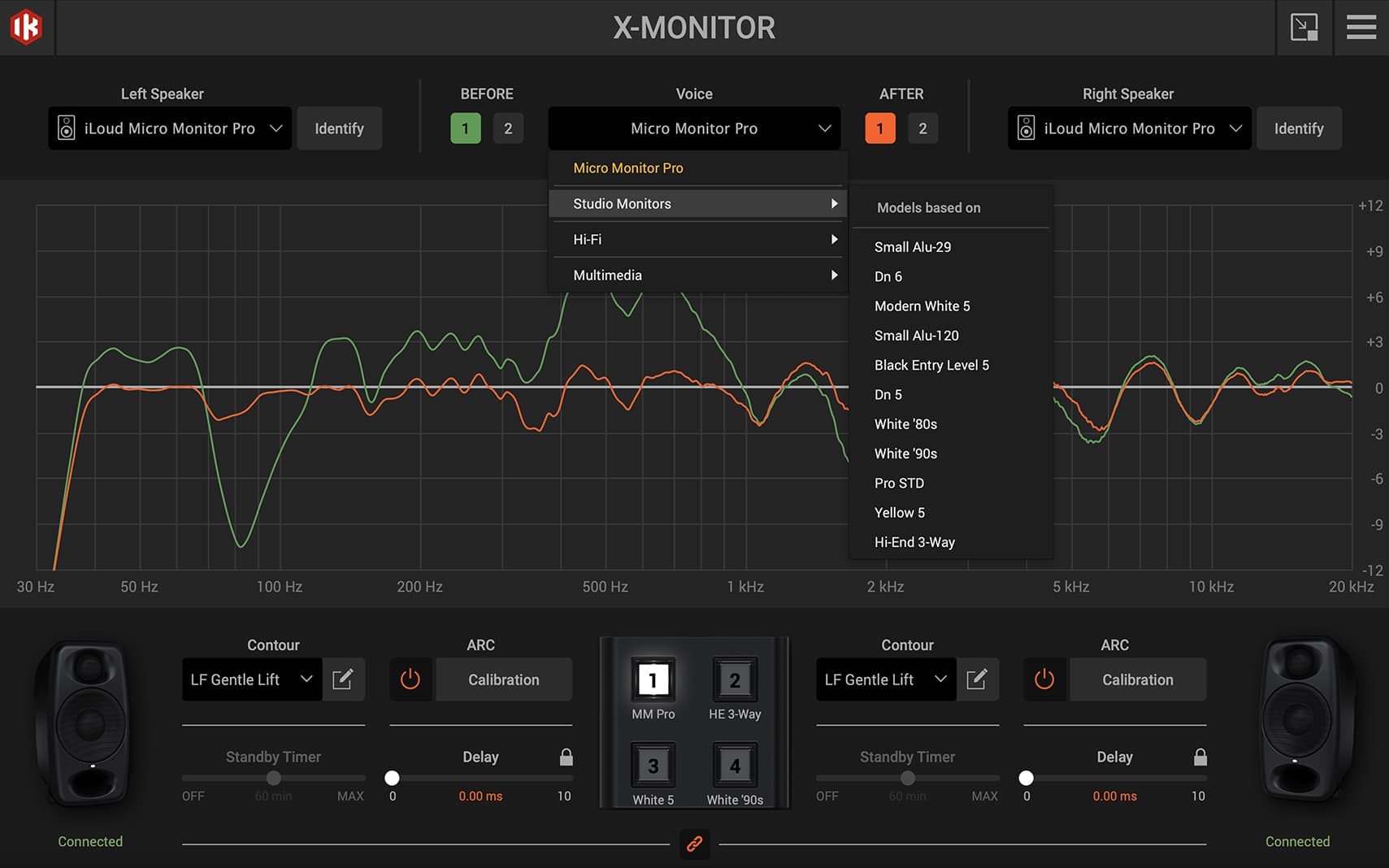
ADAM D3V vs EVE SC203
Both use a primary/secondary speaker configuration, typical of desktop systems.
They share similar features: front-mounted multi-function knobs and manual/auto standby. The SC203 offers front-panel EQ adjustment with 0.5dB precision, while the D3V's controls are rear-mounted.
Initial concerns about the D3V's plastic cabinet were somewhat alleviated by hands-on inspection - it's surprisingly solid with thick walls and better build quality than the iLoud MM (though we wonder if they share a manufacturer?).
High-frequency performance should be comparable with identical 30W amps, but the D3V has a clear low-end advantage.
However, paired with a high-end interface, the SC203's +22dBu input headroom (vs D3V's +9dBu) allows for more detail retrieval. The D3V seems targeted at entry-level interfaces with +10dBu output.
Both offer USB decoding, but the SC203 adds Toslink for gaming consoles and TVs, plus a dedicated sub output for EVE's 6.5" TS107 subwoofer.
The D3V lacks a sub output, and critically:
ADAM doesn't offer a matching compact subwoofer.
Their smallest option, the Sub8 ($899), shall works, but requires dual-cable connections.
The headphone output of D3V is questionable.
While output level isn't specified, the 32Ω output impedance suggests high losses with low-impedance headphones. We recommend pairing it with 80Ω+ headphones.
For comparison, most entry-level interfaces and MacBooks offer <10Ω output impedance (with MacBooks achieving nearly 110dB SNR). If available, we'd recommend using your MacBook's headphone output instead.
However, the D3V's killer feature is price:
it's half the cost of the SC203.
That puts pressure on EVE... Actually, both the 8010a and SC203 are due for updates after 9 years. Here's hoping they add Bluetooth in their next iterations...
